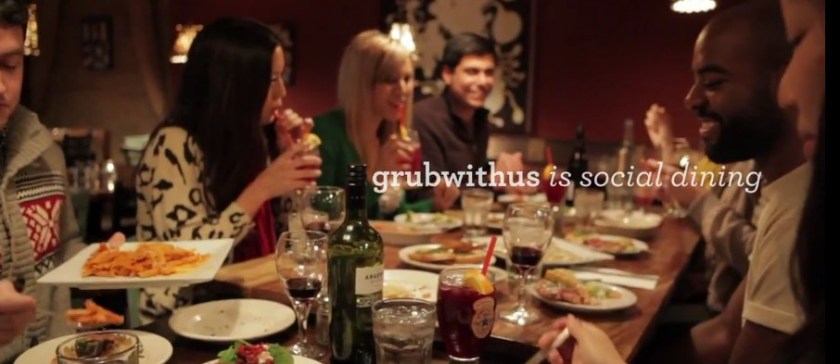On Monday, it looked like all the smarty pants in DC were tweeting from the xPotomac conference. Search for the #xpotomac13 hashtag to get a taste of the brain candy, or check out Jay Daughtry’s notes and links to other xPotomac posts.
Hopefully, if your job requires you to develop relationships with the media, you use Twitter to do that. If not, start by creating Twitter media lists. Lauren Bubser at NPtalk explains how.
As you can tell from my baby blog, I’m pretty basic when it comes to websites. When I do graduate to a big girl blog, I know I’ll have to brush up on Google Analytics which is why I’ve bookmarked this Guide to Getting Started with Analytics from Dave Davies at Search Engine Watch.
Have you heard about the Copyright Alert System that was launched this week? Those darn kids and their Napster, look what they’ve done! Mario Aguilar at Gizmodo explains how it works.
One of my favorite posts this week is by Kivi Leroux Miller, a nonprofit communications consultant, author and trainer, who also happens to be a North Carolina gal. She writes:
“As I have been interviewing nonprofits for my new book on content marketing, it’s become crystal clear to me that the organizations that are most successful at using content to engage their communities consider the combination of a good CRM (customer relationship management software), CMS (website content management system), email, and e-commerce technology to be just as important to their success as having thoughtful and creative staff members who can write well.”
Kivi goes on to say, “If your choice is between more staff and this kind of technology, seriously think about the technology over the additional staff.” I agree. By wisely leveraging technology, your organization can go so much further than you can imagine. Read her post to find out how.
You may think you know, but do you really know how technology is transforming associations? We’ll all know once Digital Now’s Technology Leadership Survey is released. Today’s the last day to participate in the survey if you want a chance to win free registration to next year’s Digital Now conference. The survey takes five to ten minutes. I’m so excited that I’m going for the first time to this year’s Digital Now conference in April. Are you?
Long ago, when I first started reading blogs, I found one about a guy’s experience studying for his Certified Association Executive (CAE) exam. I was years away from considering the CAE exam, but his blog, and those of a few other early association bloggers, reignited my interest in my profession. Good news, fellow association geeks: Ben Martin, CAE is blogging again!
Ben’s a master of online community management and is now sharing his wisdom on his Online Community Results blog. This week he answers the question: what kind of content strategy drives community engagement?
Since I’m heading to Avectra’s User & Developers Conference this weekend and then, after a day and a half at home, to ASAE’s Great Ideas, I’m sure to see a Speaker with Jazzy Socks and The Guy who Tweets Everything. Heck, these people are my friends! I think you’ll enjoy seeing the other conference types that Kristin Kovacich at Digiday identified.
I read far too much good stuff this week, so here’s a quick list of other useful and interesting reads:
- Microsoft, damn them, is limiting Office 2013 installations to one per computer, meaning, if your computer crashes or you have to reformat, you’re SOL. (Digital Trends)
- I love Waze. It’s my go-to app for navigation while driving. It talks to me about traffic jams and other hazards. And it keeps getting better. (Wired)
- Is there anything more annoying than auto-play video? You end up clicking on all your tabs trying to find the obnoxious page. Soon Google Chrome will let you know which page is the offender. (The Next Web)
- This is the most accurate (and scathing) review of the irrelevant Oscars that I’ve read. And just so you know, I love Seth McFarlane. Yeah, he’s sophomoric and offensive, but Family Guy has genius moments. Lighten up, people! (Lefsetz Letter)
- One of my favorite movies of all time, “a modest masterpiece,” is Local Hero. I love it because it’s about community. And it’s set in Scotland. Rent it. Bonus: Mark Knopfler does the score. (The Economist)
- I once spent a night in Portugal riveted to the TV because the bull fights were on. I couldn’t believe the bravery (craziness) of the pega guys. Watch the video that accompanies Andrew Sullivan’s post and you’ll see what I mean. Don’t worry, they respect the bull in Portugal; they don’t kill him. He retires to a satisfying life with a harem of cows. (The Dish)
That’s all, folks, happy Friday!











